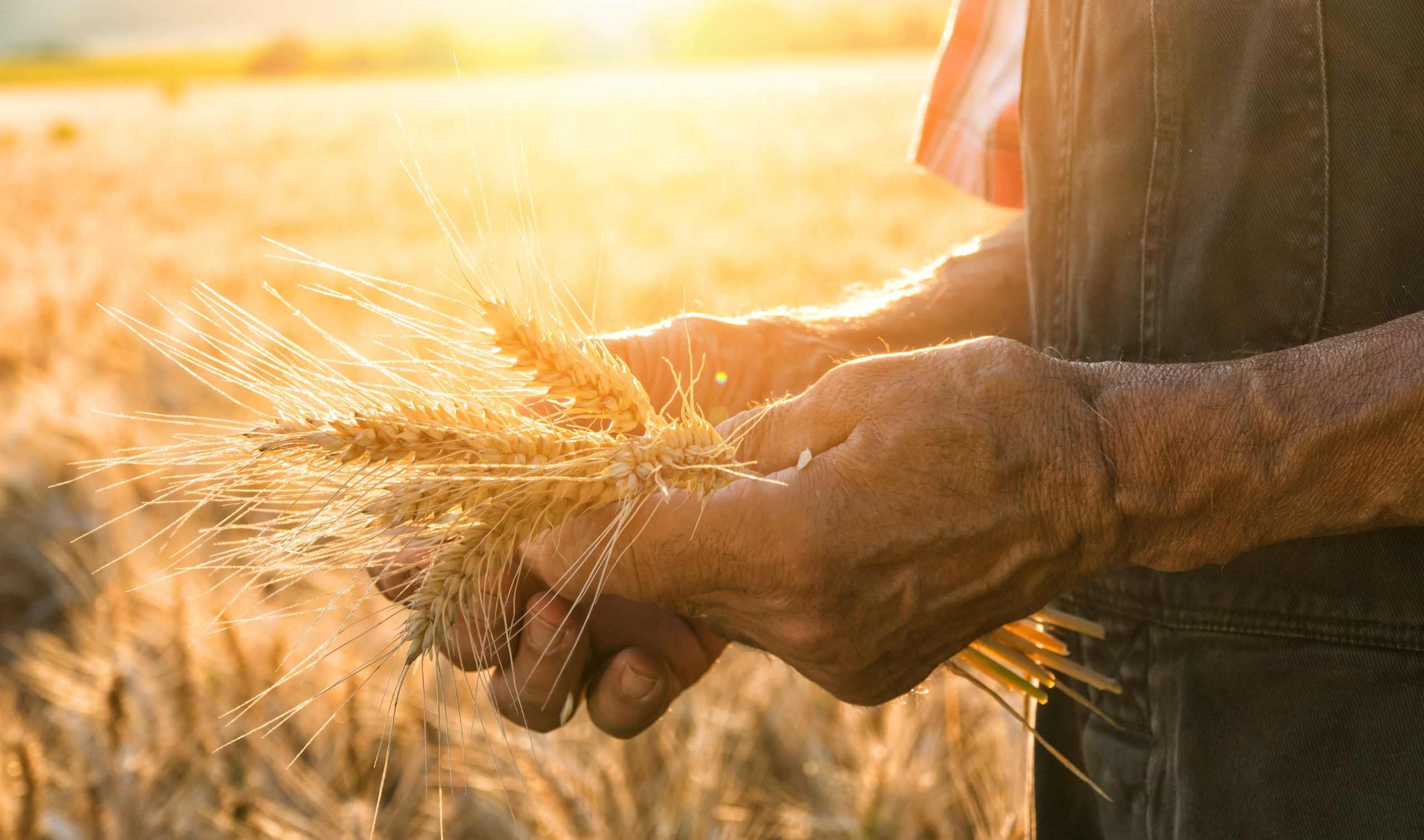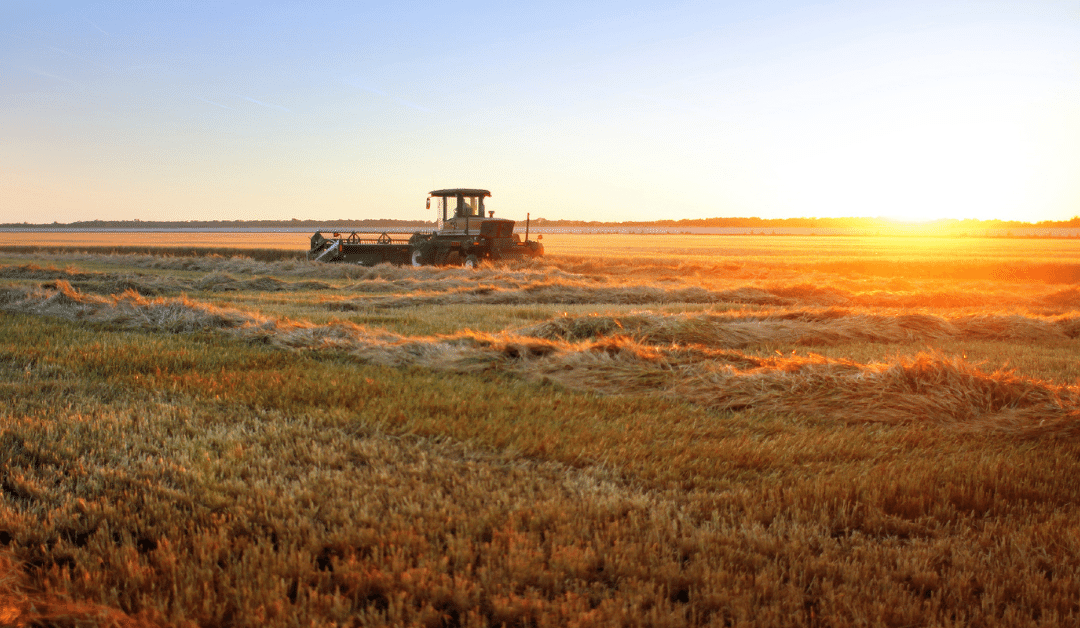Rural and Indigenous communities, and local governments, continue in their struggle to access reliable and affordable high-speed Internet for citizens. The conversation is about so much more than just who’s seen the Tiger King series; it’s a matter of economic inclusion. Digital connection provides equal access to government essential services like education, health resources, and a quality of life that the majority of Canadians enjoy.
Take farming, for example. Just like every other Canadian business competing in an increasingly global economy, our farmers need reliable, high-speed Internet service. Broadband networks are vital to ensure farmers can
- follow commodity markets
- communicate with customers, vendors, and suppliers
- gain a foothold in new markets
- ensure they’re complying with ever-changing regulatory standards—especially in times like these.
Put simply, bridging this digital divide is critical to the success of Manitoba’s agricultural industry.
We know what the data tells us: only 37% of rural, and 24% of Indigenous households meet CRTC’s 50/10 standard, compared to 97% of urban communities.
Hold on. Let me explain.
According to the Canadian Radio-Television and Telecommunications Commission, whether you’re at home, work, or on the road…
- Your phone should be able to connect using LTE
- LTE stands for Long Term Evolution. When your phone is connected to 4G LTE, you’re getting the maximum data speed possible with your service. LTE is currently the most advanced option available in most areas.
- You should have an Internet connection with access to broadband speeds of at least 50 Mbps download and 10 Mbps upload
- Broadband speeds are measured in “megabits per second” (Mbps), bits being tiny units of data, and megabits representing one million of them.
- The higher the number of Mbps you have, the speedier your online activity. This means that downloads complete more quickly, webpages load faster, streaming music or videos happens more rapidly, and video calls transmit smoothly.
- Internet speeds are typically defined in terms of Mbps for downloading and uploading data.
- Download speed = the speed at which data including files, websites, pictures, music, and movies is being delivered to you through the Internet.
- Upload speed = the speed at which data is travelling from you to the Internet.
- The CRTC has targets set for all Canadian homes and businesses to have access to broadband Internet speeds of at least 50 Mbps for downloads and 10 Mbps for uploads.
- And you should have access to unlimited data.
- The vast majority of smartphone contracts come with unlimited data included, but “unlimited data” does not mean high-quality, full-speed data 24/7. If you look at the fine print of your wireless contract, you’ll likely see something like “Unlimited Non-Shareable Data—Data usage throttled to 512kbps after 10GB.” What does this mean? This means that once you’ve hit that 10 GB data cap, all mobile uploads and downloads will occur at a slower rate.
- To paint a picture here:
- Data before you hit your cap = downloading a song instantly.
- Data after you hit your cap = downloading a song in about 1.5-2 minutes.
- To paint a picture here:
- The vast majority of smartphone contracts come with unlimited data included, but “unlimited data” does not mean high-quality, full-speed data 24/7. If you look at the fine print of your wireless contract, you’ll likely see something like “Unlimited Non-Shareable Data—Data usage throttled to 512kbps after 10GB.” What does this mean? This means that once you’ve hit that 10 GB data cap, all mobile uploads and downloads will occur at a slower rate.
And while these are the services the CRTC website says all Canadians should have, many, particularly those in rural and remote areas, do not have access to them.
Manitoba needs coordinated regional effort to ensure that the fibre that’s already in the ground is being used and that any new infrastructure projects anticipate including fibre optic cable.
It’s time we close this digital divide.
Just today, Minister for Rural Economic Development Maryam Monsef announced a fund for rural Internet projects to open soon and that COVID-19 has put a rush on projects like this, bringing to light just how much citizens, businesses, farmers, and students need access to high-speed Internet connection.
I was fortunate enough to take part in CRRBC Virtual Conference over the last two days, an event focused on the challenges and realities of creating a sustainable and ubiquitous digital economy for the rural and remote regions of our country. Attending this event (virtually) enabled me to speak on and hear from others the issues that so many Manitobans in our region are facing because of a lack of broadband infrastructure.
Listed below are some of my greatest takeaways from this conference that I would like to share with you and hope that you share with others in your area.
- Implementing fibre infrastructure to homes, businesses, and farms is the cheapest and the most effective long-term solution to a thriving economy.
- We need to be thinking in terms of decades, not years, when we plan and build critical infrastructure.
- Just like roads and bridges, fibre optic cable infrastructure is necessary to connect our communities to the economy.
- We need to evolve from this cherry-picking, just-serving-the-densely-populated-communities way of thinking. We need to find a model that puts all communities on equal footing. This is a call-to-action for our region’s leaders.
- Rural residents are often the least served, yet they need this more than urban centres. Residents of a rural area can’t scoot down the street to the café with the free Wi-Fi to get their work done.
I’ve learned a lot from working closely with rural and remote communities as I spend time getting to know the struggles through connectivity planning.
Regardless of where you live, each and every Canadian wishes to be equally afforded the range of benefits, services, and economic opportunities high-speed Internet and digital inclusion offers. We know there’s still much work to be done to address rural connectivity issues – and with the federal government’s ambitious goal of achieving 100% high-speed coverage to all Canadians by 2030, I’m thrilled to be involved with this dynamic panel of relentlessly committed community broadband champions.
If you want to join this conversation, start by using this online tool through the CRTC to see how your current Internet speed measures up. Tweet us or send us a Facebook comment and let us know if your device is currently receiving the Internet speed that every Manitoban is entitled to!









0 Comments